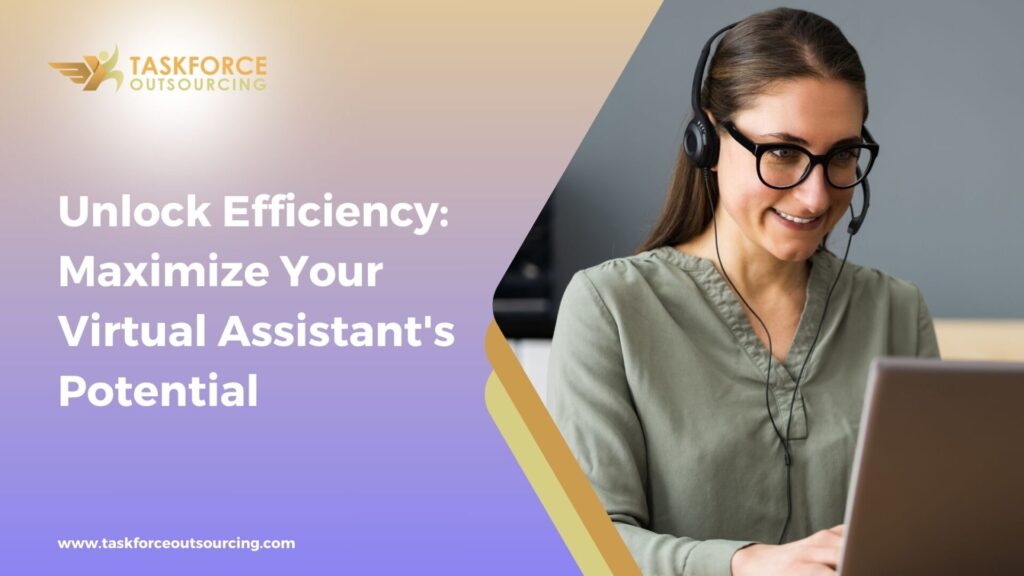In today’s fast-paced business environment, virtual assistants (VAs) have become invaluable assets for entrepreneurs and companies. These professionals can handle a variety of tasks, allowing business owners to focus on core activities. Here’s how you can maximise the skills and talents of your virtual assistant.
Contents
1. Clearly Define Roles and Expectations
Before your virtual assistant starts, outline their roles and responsibilities. Provide a detailed job description and clear expectations. This clarity helps your VA understand their tasks and how they contribute to your business goals.
- Create a comprehensive task list.
- Set realistic deadlines.
- Communicate preferred work methods.
2. Utilise Their Strengths
Identify your VA’s strengths and assign tasks that leverage these skills. For example, if your VA has strong social media skills, assign them to manage your social media accounts.
- Regularly review their performance.
- Adjust tasks based on their strengths.
- Provide opportunities for them to use their talents.
3. Invest in Training
Continuous learning is essential for staying updated with industry trends. Provide training opportunities to your VA to enhance their skills. This investment pays off as your VA can handle more complex tasks efficiently.
- Offer access to online courses and webinars.
- Encourage participation in relevant workshops.
- Provide resources for skill development.

4. Foster Effective Communication
Effective communication is key to a successful working relationship. Use communication tools like Slack, Zoom, or Microsoft Teams to maintain regular contact with your VA.
- Schedule regular check-ins and meetings.
- Use collaborative tools for project management.
- Provide constructive feedback regularly.
5. Delegate Strategically
Delegation is not just about offloading tasks; it’s about strategic task distribution. Delegate tasks that are time-consuming or require specialised skills. This allows you to focus on strategic initiatives.
- Prioritise tasks based on urgency and importance.
- Assign tasks that match your VA’s skill set.
- Trust your VA with responsibility and autonomy.
6. Build a Relationship
A positive working relationship with your VA can lead to better collaboration and increased productivity. Show appreciation for their efforts and create a supportive work environment.
- Acknowledge their contributions.
- Celebrate milestones and achievements.
- Be approachable and supportive.
7. Measure Performance
Track the performance of your VA to ensure they meet your business goals. Use key performance indicators (KPIs) to measure their efficiency and effectiveness.
- Set clear, measurable goals.
- Use performance tracking tools.
- Conduct regular performance reviews.
8. Encourage Initiative
Empower your VA to take initiative and suggest improvements. Their unique perspective can provide valuable insights into optimising processes and increasing efficiency.
- Encourage them to propose new ideas.
- Listen to their suggestions and implement feasible ones.
- Foster a culture of innovation and continuous improvement.
Conclusion
Maximising your virtual assistant’s skills and talents requires clear communication, strategic delegation, and ongoing support. By investing in their development and fostering a positive working relationship, you can enhance their productivity and, in turn, the success of your business.
A well-utilised virtual assistant is not just a support role; they become a crucial part of your team, driving growth and efficiency.
Frequently Asked Questions (FAQs)
A: Clearly define roles and responsibilities in a detailed job description. Use communication tools like Slack, Zoom, or Microsoft Teams for regular updates. Schedule regular check-ins and provide written guidelines to ensure your expectations are understood.
A: Observe their performance on various tasks and ask for feedback. Conduct one-on-one discussions to understand their interests and skills. Regular performance reviews and task evaluations can also help identify their strengths.
A: Offer training relevant to their role and industry. This could include access to online courses, webinars, and workshops. Focus on areas where they can enhance their current skills or acquire new ones that benefit your business.
A: Regular performance reviews should be conducted at least quarterly. However, more frequent check-ins, such as monthly or bi-weekly, can help address issues early and keep both parties aligned on goals and expectations.
A: Tools like Slack for communication, Trello or Asana for task management, and Google Workspace for document sharing can be effective. Choose tools that fit your workflow and ensure your VA is comfortable using them.

